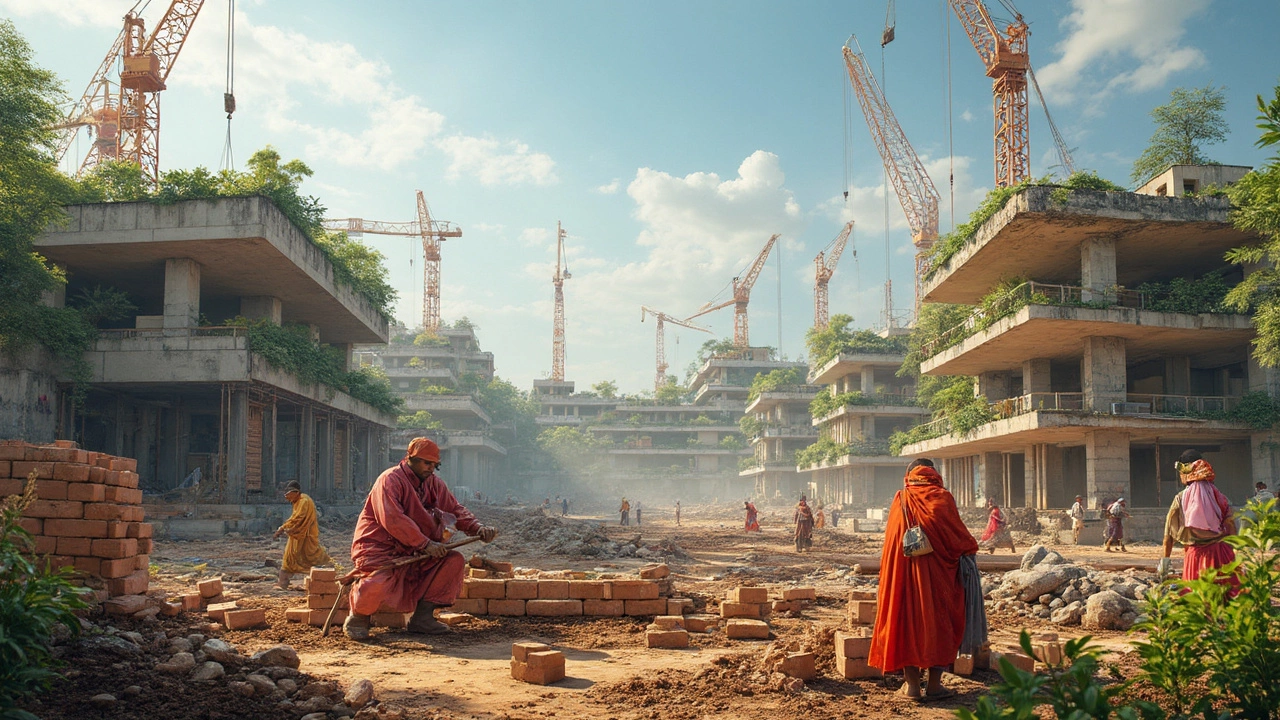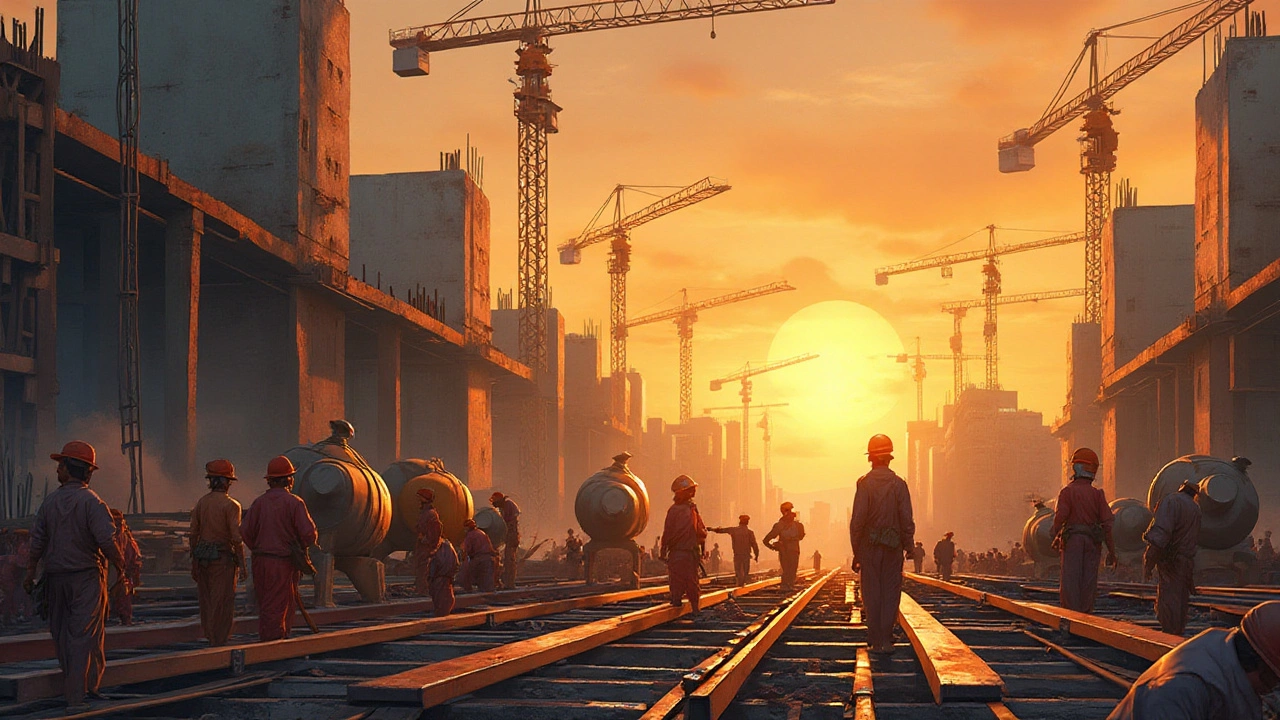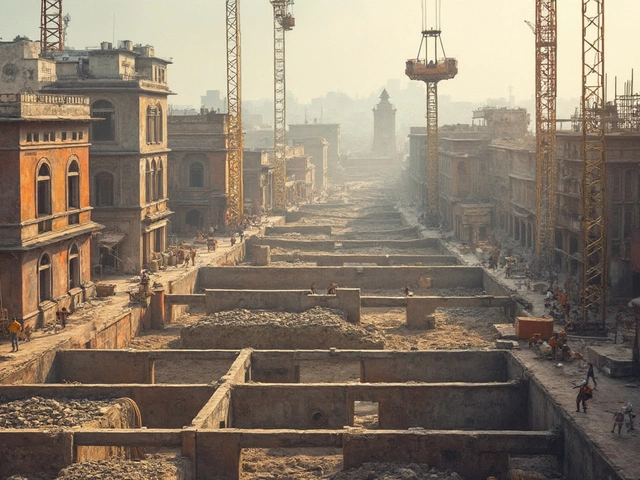New Build Issues and Construction Materials in February 2025
When you buy a new build, a recently constructed home designed for occupancy, often with modern standards and warranties. Also known as new construction, it’s meant to be trouble-free—but that’s not always the case. Many homeowners are surprised to find cracks, uneven floors, or missing finishes right after moving in. These aren’t always signs of poor workmanship. Sometimes, they’re just part of the settling process. But knowing the difference between normal wear and real damage can save you thousands. That’s why our February 2025 content focused on what actually happens after the keys are handed over.
Behind every new build are construction materials, the physical components used to build structures, from steel beams to concrete slabs. Also known as building supplies, these materials determine how long a house lasts and how well it handles stress. We looked at the top ten essentials—like galvanized wire, concrete, and structural steel—that form the backbone of every project. These aren’t just names on a spec sheet. They’re what keep walls straight, floors level, and roofs dry. And when something goes wrong, it’s often because one of these materials wasn’t used right—or wasn’t used at all.
Foundation repair, the process of fixing structural problems in a building’s base to prevent further damage. Also known as foundation restoration, it’s one of the most critical—and expensive—fixes a homeowner can face. In February, we broke down what cracks, sloping floors, and sticking doors really mean. Was it just settling? Or is water seeping in? We showed you how to tell the difference and what steps to take before calling a contractor. And we didn’t stop there. We also connected foundation problems to commercial construction, the process of building structures for business use, like offices, stores, or warehouses. Also known as non-residential construction, it follows different rules, uses heavier materials, and demands stricter inspections. The same principles that cause cracks in a house can cause bigger failures in a warehouse. Understanding this link helps you see why quality matters, no matter the size of the project.
And then there are the hidden problems—the home defects, flaws in a new home that affect safety, function, or value, ranging from cosmetic to structural. Also known as construction flaws, they’re not always obvious at closing. We covered everything from missing insulation to improperly installed wiring. These aren’t just annoyances. They’re red flags that can turn into major repairs if ignored. Our guides walked you through how to spot them during a walkthrough, what to ask your builder, and when to hire an inspector.
February’s posts didn’t just list problems—they gave you tools to fix them. Whether you’re dealing with a cracked driveway, a leaky roof, or a bathroom remodel on a tight budget, the answers are in the details. You’ll find real advice on how to prioritize repairs, what materials to demand, and how to avoid being misled by vague promises. No fluff. No marketing speak. Just what works.
















